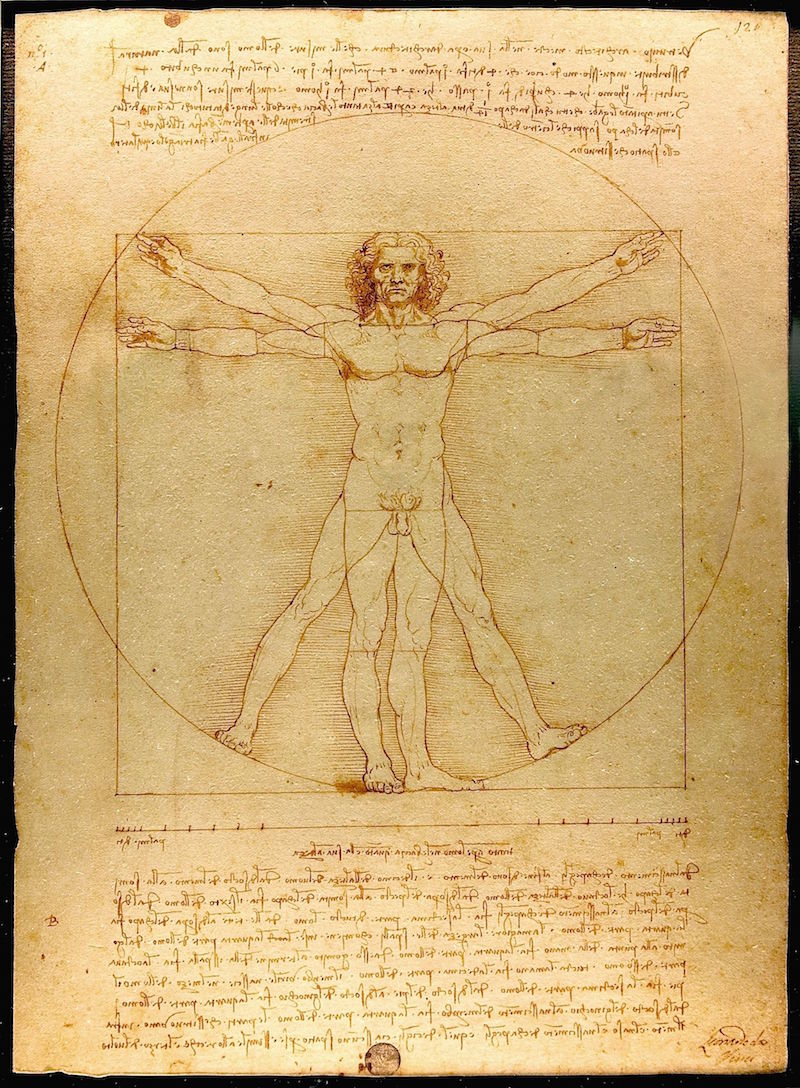4.2.4 Human Factors and Ergonomics
Course subject(s)
Module 4 – Scale and Context
Have you ever walked on stairs that make you walk out of your usual rhythm, that feel misfit, or where you need to do a bit extra or a bit less to keep in sync with the dimensions of the steps? Have you ever experienced how it feels to be in a wheelchair whilst ascending a ramp that is too steep, or with large height differences? Did you ever push a door, expecting it to open in the other direction? Do you sometimes work in a building with a bad climate due too large glass facades and huge exposure to sunlight? Were you ever that child who had to be saved by the fire brigade because your head was stuck between the banisters of a handrail?
All these examples have to do with human factors and ergonomics. Architects have guidebooks to check specific sizes and requirements, but they also have to train themselves to become aware of all the different kinds of behaviours and characteristics of people that will be inhabiting their designs. Details and detailed models need to be developed with general, standard, but also particular and specific characteristics of people. The living creatures in a building, including plants and animals, can be very diverse, and as an architect you will have a certain responsibility to create the optimal conditions for them.

The Vitruvian Man (c. 1485) Accademia, Venice

Models in Architecture by TU Delft OpenCourseWare is licensed under a Creative Commons Attribution-NonCommercial-ShareAlike 4.0 International License.
Based on a work at https://ocw.tudelft.nl/courses/models-architecture-design-physical-digital-models/.



